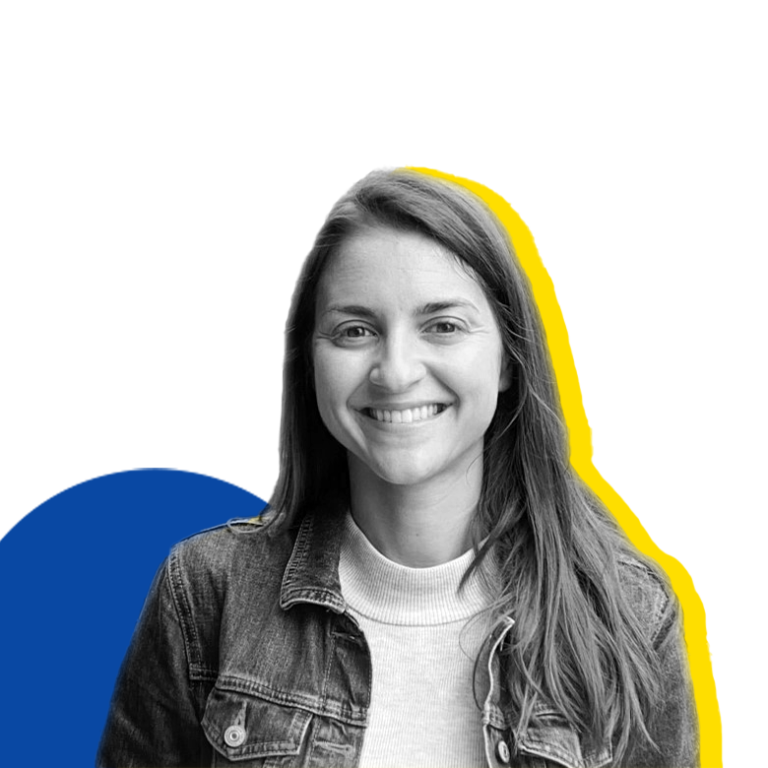Co-creation
The method
Co-creation is the process of involving multiple stakeholders in the ideation, implementation and assessment of products, services, processes, and policies to improve their efficiency, uptake and effectiveness. Unlike in co-design, participants are involved in the entire development process of the solution.
This methodology is suitable to find implementable solutions to complex problems that involve stakeholder groups with different views. It can be a standalone full process or build on the results of a co-design module (or a similarly minded process).
This module includes developing low- or high-resolution prototypes depending on the resources and the time available. The full process can lead to a fully developed solution ready to be implemented.
The process will include stakeholder identification and recruitment, challenge definition, a kick-off workshop (or workshops), team building, 3-4 prototyping sessions, experimentation with the prototypes and sharing of results with a wider audience.
The process
Learn more about our co-creation process
Concrete and elaborated solutions to the identified challenge, developed through collective intelligence bringing together various types of stakeholders and expertise. This type of solutions have a higher impact potential as they have been co-developed by their future users, investors, developers.
Beyond the benefits listed under co-design processes, co-creation contributes to the following:
• Identify new business opportunities.
• Accelerate innovation processes.
• Reduce the risks of failure of introducing new products, services or processes to the market.
Approximately 300h
1. Mapping and understanding of the ecosystem including stakeholder identification and recruitment.
Three online workshops with the city of Gothenburg to map the ecosystem and identify the most relevant stakeholders in the mobility field. This phase was completed with research to identify the contacts and recruit the participants in the co-creation process.
2. The Gathering.
One-day kick-off workshop bringing together all the participants to get to know each other, understand each other’s expertise, needs and ideas. It also helps to assess different stakeholders’ views around the challenge and identify common ground. By the end of the gathering participants have brainstormed ideas and formed teams to work together on them.
3. Idea selection and refinement.
Two to three half-day workshops dedicated to the selection of one idea (solution) the group agrees with. During the workshops each of the groups formed during the gathering is presented with a summary of the ideas developed during the previous session, explores new ideas and agrees on one of them to build their shared project.
4. Prototyping.
The objective of this phase, divided into at least 3 half-day workshops, is to transform the idea in a clear and precise solution to the challenge.
This process goes through the development of a storyboard for the identified solution, and the integration of “user’s journey” with the objective of including small innovations or improvements to enhance the user’s experience. Participants are then invited to a “thinking by doing and making” phase where they develop a low fidelity prototype of the solution, giving real form and adding details to the service or product created.
This can be done in venues such as makers spaces or living labs, if available. Finally, groups go through a phase of testing of their prototype with other potential users, and integration of the feedback into the prototype.
5. Uptake of shared solutions.
The last phase is dedicated to the interpretation, assessment and uptake of the shared solutions developed by the groups. It typically consists of a mix of meetings with the client/partner, in this case the city of Gothenburg, to support the process. Larger events can also be organised: in this case the prototypes were showcased at a summer festival in the city, harvesting feedback from participants, local politicians, etc.
Interested to chat with us and explore an idea further?
Don’t hesitate to send a quick message to info@stickydot.eu and schedule a short half-hour call with us, at your convenience.
